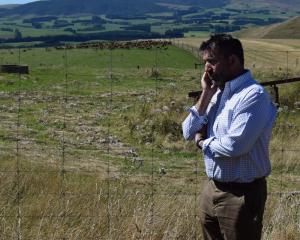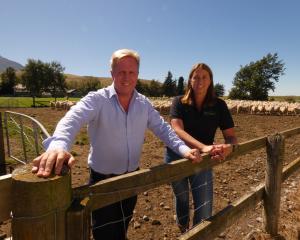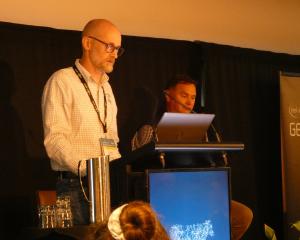While the increase in farm sales into forestry is yet to lead to a significant reduction in stock numbers, it can be expected very soon, Beef + Lamb New Zealand says.
B+LNZ’s latest stock number survey highlighted the extent of farmland being converted to forestry and said the real impact on livestock numbers was yet to be realised, while the hidden costs were "the demise of rural communities" and labour availability.
In a statement, B+LNZ economic service chief economist Andrew Burtt said there was usually a lag between farm sales and plantings, and planting was constrained by availability of seedlings and labour.
Sheep numbers nationally were steady over the past 12 months and beef cattle numbers fell only slightly, despite unfavourable conditions in some regions.
Total sheep numbers came to 25.78 million, compared to 25.73 million last year, while beef cattle numbers decreased by 0.9% to an estimated 3.93 million.
Sheep numbers fell 3.9% in Southland due to dry conditions while beef cattle numbers dropped 13.2% in the region. There was a smaller drop of 1.7% in sheep in Otago and a 2.8% decline in beef cattle.
An independent report commissioned by B+LNZ to establish the conversion of farmland area to forestry, which covered from January 1, 2017, to December 31, 2020, reported 139,500ha. Two-thirds, or 92,100ha was whole farm conversion to forestry , of which 14,300ha was manuka. One-third (47,400ha) was within farm forestry planting.
The Overseas Investment Office approved new forest areas from January 1, 2021 to December 30, 2021 that totalled an additional 16,340ha and, from January 1, 2022 to July 31, 2022 a further 14,700ha.
The report said there had not been the tree-planting seedling stock available to have planted that area.
That meant there continued to be a slower decrease in capital livestock and their production than the new afforestation areas indicated.
The estimated area set aside for afforestation from 2017 to the end of July 2022 totalled 200,000ha. Capital livestock on that area was estimated at 1.4million stock units. However, in that period, total sheep, beef and deer stock units had declined 0.4million, most of that decrease from June 2021 to June 2022.
That implied that there would be a turn-off of capital livestock, as land set aside for new afforestation was planted, that would be reflected in future decrease of livestock numbers.
Many farmers had spent money and time protecting, planting and managing trees and other vegetation on farm and would like to see recognition for carbon sequestered on their farms.
Meanwhile, carbon farming continued its increasing trend and, based on minimal intervention from the Government and an optimistic future for carbon prices, it would continue to be a major land use challenge to the red meat sector, the report said.
In Otago-Southland, current settings for the emissions trading scheme and the special forestry test provisions had made it easier for international players to pay high values for sheep and beef farmland to plant in trees for forestry with attendant carbon income.
Several farms in the South had been bought for that purpose by overseas interests with permanent loss of sheep and beef stock units. Those changes were being noticed by many service providers and communities, it said.
The Overseas Investment (Forestry) Amendment Act 2022 came into force last month, changing the assessment criteria for overseas investments that result in the conversion of farmland to production forestry.
The primary change is that overseas consent applications for farm to forestry conversions are now considered under the general benefit to New Zealand test, rather than the more permissive special forestry test.
B+LNZ chief executive Sam McIvor said there needed to be specific limits on the amount of forestry that could be used to offset fossil fuel emissions in the ETS.














